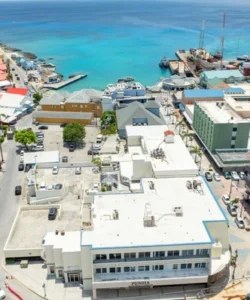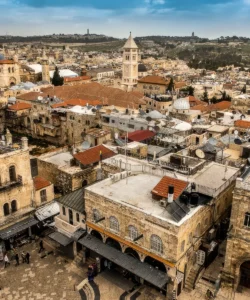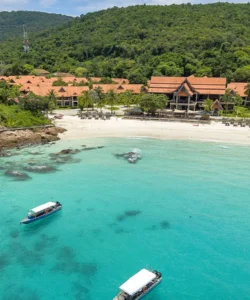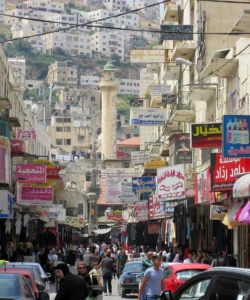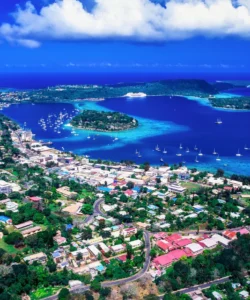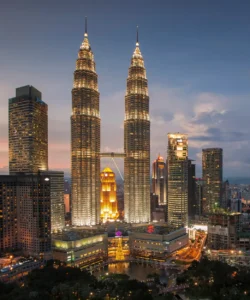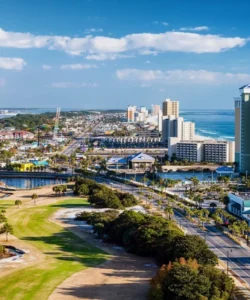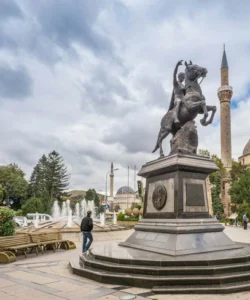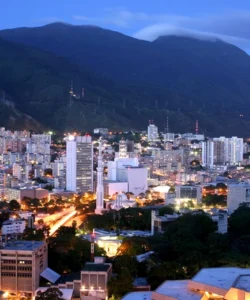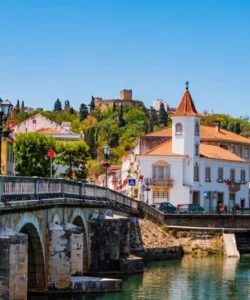Cuba, an island nation in the Caribbean, is known for its vibrant culture, rich history, and distinctive architecture.
Listen to an introduction about Cuba
![]()
Area and Population:
Cuba has an area of approximately 110,860 sq. km (44,200 sq. mi). The population was estimated at around 11.09 million people in 2022.
Language:
The official language of Cuba is Spanish (Cuban Spanish). Lucumí, a dialect of the West African language Yoruba, is also used for religious purposes.
Currency:
The currency of Cuba is the Cuban Peso (CUP).
Religion:
The primary religion in Cuba is Roman Catholicism, though a significant portion of the population is irreligious, and Afro-Cuban religions like Santería are also practiced.
Capital:
The capital city of Cuba is Havana (La Habana).
Major Cities:
Besides Havana, other major cities include Santiago de Cuba, Camagüey, Holguín, Santa Clara, and Guantánamo.
Attractions:
Cuba offers a wealth of attractions. Some popular choices include:
- Old Havana (Habana Vieja): A UNESCO World Heritage site with colonial architecture, lively plazas, and historical landmarks.
- Viñales Valley (Parque Nacional Viñales): Famous for its dramatic limestone mogotes (hills), tobacco fields, and traditional farming communities.
- Varadero: A popular resort town known for its beautiful beaches.
- Trinidad: Another UNESCO World Heritage site with well-preserved colonial architecture and cobblestone streets.
- Malecón, Havana: A famous esplanade along the Havana coastline, perfect for strolls and people-watching.
- Che Guevara Mausoleum, Santa Clara: A significant historical site dedicated to Che Guevara.
- Castillo del Morro, Havana: A historic fortress guarding the entrance to Havana Bay.
- Fusterlandia: A whimsical neighborhood in Havana adorned with colorful mosaics and sculptures by artist José Fuster.
Natural Wonders:
Cuba boasts several natural reserves and parks, including:
- Viñales National Park: Known for its unique karst landscapes.
- Topes de Collantes: A natural paradise with waterfalls, hiking trails, and diverse flora and fauna.
- Sierra de Escambray Range: A mountain range with lush forests and historical significance.
- Guanahacabibes Peninsula National Park: A biosphere reserve with stunning beaches and rich biodiversity.
- Zapata Peninsula: Home to the Montemar Natural Park, a Biosphere Reserve with diverse wildlife.
- Pico Turquino Summit Area: Cuba’s highest peak, offering challenging hikes and stunning views.
Architecture:
Cuban architecture is an eclectic fusion of various styles, influenced by its colonial past and subsequent international trends. Notable styles include:
- Spanish Baroque: Adapted with tropical features and simplified due to the lack of skilled craftsmen, often featuring covered walkways (portales) to protect from the sun and rain. Examples include the Cathedral of Havana.
- Neoclassical: Popular in residential and urban designs, often seen in homes in areas like Cerro and El Vedado.
- Art Nouveau and Art Deco: Styles that gained popularity in the 20th century.
- Famous Architectural Landmarks: El Capitolio, Gran Teatro de La Habana, Palacio de los Capitanes Generales, Castillo de la Real Fuerza.
Roads:
Cuba has a road network of over 60,000 km, with about half being paved. The country has several toll-free expressways (autopistas), primarily centralized around Havana. The Carretera Central (Central Road) is the most important highway, spanning the length of the island. However, many roads and city streets are unlit, and signage can be insufficient, making night driving challenging. Many cars are old and may lack safety equipment.
Hotels:
Cuba has a range of hotels, from international chains to privately run establishments. Some prominent hotel chains operating in Cuba include:
- Meliá Hotels International
- Iberostar Hotels & Resorts
- Memories Resorts & Spa
- Cubanacán (a Cuban group)
- Gran Caribe (a Cuban group)
Restaurants:
Cuban dining has evolved with the rise of “paladares” – privately owned restaurants, often run out of family homes, which offer diverse culinary experiences. Some notable places include:
- La Guarida (Havana): A famous paladar known for its ambiance and fine dining.
- Finca Agroecológica El Paraíso (Viñales): A farm-to-table eatery with organic produce.
- El Romero (Las Terrazas): A vegetarian restaurant focused on eco-conscious cuisine.
- La Bodega (Havana): Known for fresh fish and modern Cuban food in a lovely garden setting.
- Jama (Havana): Offers Cuban-Asian fusion dishes.
- Many establishments also offer delicious street food like Pan con Lechón (pork sandwich) and Pastelitos de Guayaba (guava pastries).
Cuisine:
Cuban cuisine is a flavorful blend of Spanish, African, and Caribbean influences. Staple ingredients include tropical fruits, root vegetables (malanga, yucca, boniato), seafood, plantains, bananas, and rice.
Key dishes include:
- Ropa Vieja: Shredded beef stewed in tomato sauce, often considered the national dish.
- Vaca Frita: Shredded beef twice-cooked for a crispy exterior.
- Moros y Cristianos: The classic Cuban rice and black beans.
- Arroz con Pollo: Rice with chicken, flavored with sofrito.
- Picadillo: Ground meat with tomatoes, olives, capers, and sometimes raisins, often served with crispy potatoes.
- Tostones: Fried green plantains.
- Fricase de Pollo: Chicken stew with potatoes in a tomato sauce, often with sour orange juice.
- Flan Cubano: A popular creamy caramel custard dessert.


